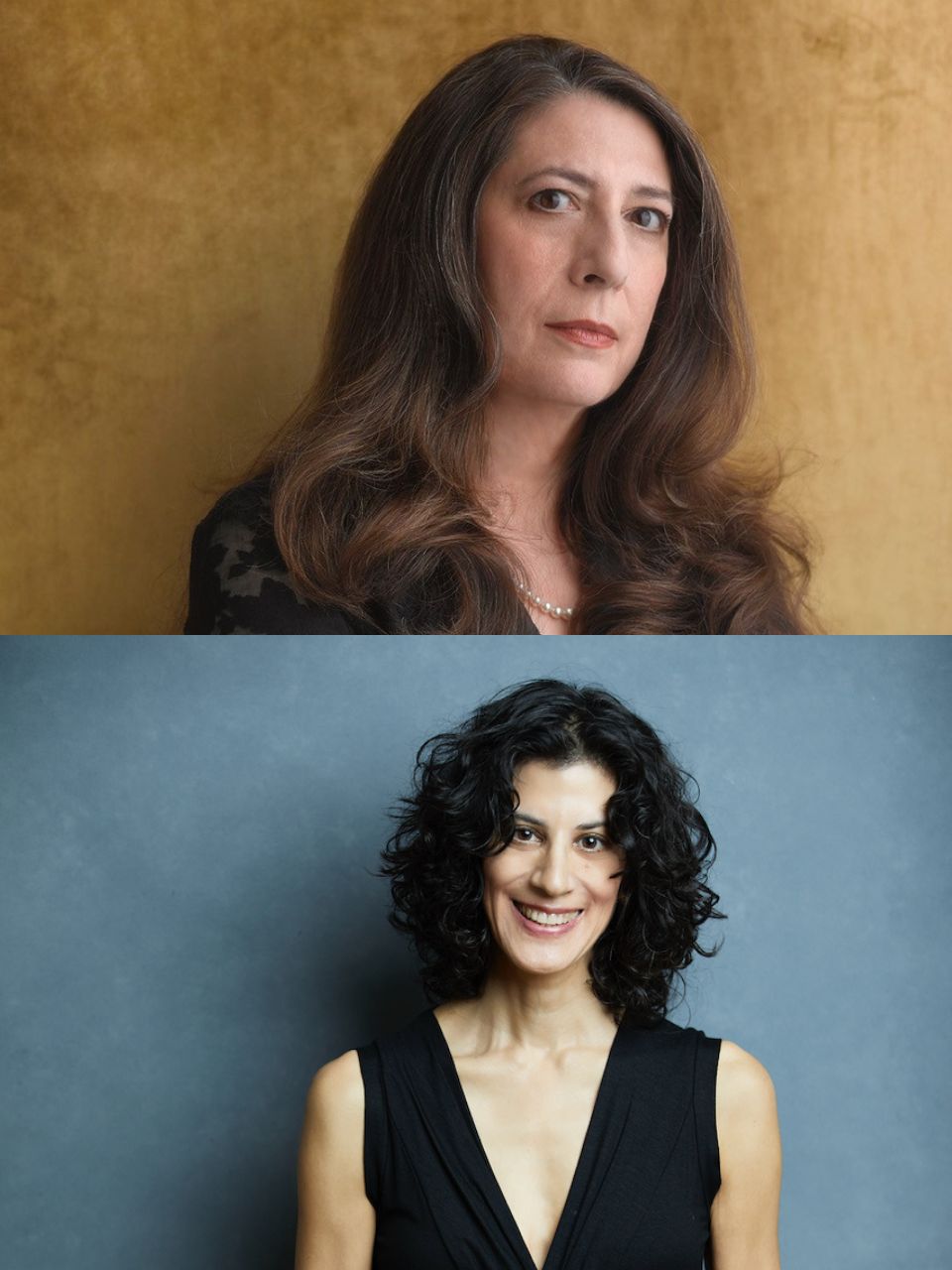With JANE SATTERFIELD

Your name: Jane Satterfield
Current city: Baltimore, MD
How long have you lived here? Except for years in Iowa and England, I’ve lived in Maryland most of my life. Though I’ve lived in Charm City for 23 years, I’m a bit of a homebody so my imagination runs backward to the places I lived growing up: the sprawling farmland of Frederick county that runs along the Catoctin Mountain chain; the sprawl of suburban tract land along the D.C. Beltway.
Three words to describe the climate: No transitional seasons. No joke—hundred-degree heat can linger into November; we get our share of double-digit blizzards, and the occasional hurricane.
Best time of year to visit? Late April/early May. The city seems washed clean, lit with optimism. Goodbye to freezing rain and sleety mix! Blossoms abound; gardens springing into life. Mid-to-late September’s also lovely—summer’s muggy grip lightens up and fall festivals—including the Book Fair—can convince you that “the land of pleasant living” is more than an outdated Natty Boh slogan.
1) The most striking physical features of this city are. . .
Flying in, you’d see the Chesapeake Bay, the rivers and tributaries branching out. No question—we’re a port city. But we have a legacy in trees—the lush oases of our urban parks and arboretums, and a thriving movement to rebuild the canopy.
2) The stereotype of the people who live here and what this stereotype misses. . .
Stepping out of Penn Station, you’d see a billboard advertising a local jewelry company “where Baltimore gets engaged.” The natty Mr. Boh proposes to the Utz Potato Chip girl—his body a stick figure and hers concealed behind a bag of the company’s snack. The ad campaign supposedly signals the city’s appeal to youthful newcomers building up the arts district. Possibly charming, but the image reflects only a small slice of Charm City’s heritage and bypasses our diverse population and communities.
Whenever I leave the city, I’m quizzed about The Wire, which I haven’t watched for the same reason a recent New Orleans transplant tells me he’s given Treme a miss. You don’t want to find that your neighbors’ lives are frozen into stereotypes and into entertainment. Still, my husband and I love Treme, so one day, I’ll have to give The Wire a fair chance, too.
In Baltimore, you’ll find less than 6 degrees of separation between yourself and the person you’ve just met. Your neighbor’s college roommate is president of the PTA, and she once dated your brother. Ah, Smalltimore.
3) Historical context in broad strokes and the moments in which you feel this history. . .
When I first came to Baltimore—birthplace of Adrienne Rich and Frank O’Hara, home of the impressive Enoch Pratt Libraries, of John Barth and Ann Tyler, and for a time, Hurston, Stein, Fitzgerald, and Poe—I was struck by the logo on the bus benches that informed me I’d arrived in The City That Reads, a motto often sprayed over and amended to breeds or bleeds.
These days, citizens devote admirable energy—at grassroots and higher levels—to make the city a better place.
Baltimore retains signs of tragic divisions—the tall ornamental walls that gated wealthy sectors; the Civil War cannons that point down from Federal Hill, a military outpost from the city’s earliest days that was built on “the great red bank of clay” first spotted by Captain John Smith during his 1608 navigation of the Chesapeake.
The city’s divided self reflects the larger national history: urban poverty compounded by the legacy of slavery, segregation, and economic dislocations. Vital industries pulled up, moved on, leaving gutted neighborhoods in their wake. The Poe house—barely rescued this past year from permanent closure—is a lively outpost on troubled streets. The Domino Sugars sign floats in neon above the Inner Harbor restaurants, bars, boutiques. Here, as elsewhere, gentrification in old neighborhoods spiffs things up. There are hidden histories at every step. The other day, my neighbor dug up a dud Navy ordinance in her backyard garden—a stark reminder of the area’s link to the defense industry.
4) Common jobs and industries and the effect on the city’s personality. . .
The city’s brewing history lives on through the renaissance of craft beer. Who doesn’t love a Resurrection? Though the former flagship of Baltimore dining in Little Italy faces tough times, the broader restaurant industry is thriving; there’s more innovative cuisine.
My small corner of Charm City—Rodgers Forge, a historic suburb to the north—seems populated by teachers, nurses, civil servants, army or navy retirees—seemingly ordinary occupations. But there’s a real homegrown love of the arts beyond the literary. Street murals, restoration projects like those that reclaim the 200-block of South Durham Street, where Billie Holiday once lived. Theatre, film, and music: the Rams Head Live concert venue; the Ottobar; a huge club scene; a long-standing jazz legacy, and my new favorite: Little Records Radio, an 80s underground radio streaming station. All are part of the quirky passion at the heart of the town.
5) Local/regional vocabulary or food?
Steamed crabs, mussels, oysters—sourced from the waters of the Chesapeake Bay. Pop-up bars and food trucks are evolving beyond hipster sport. The farm-to-table food movement has revived interest in heirloom plants and local cuisine, but quirks remain: our local public high school kept a tin of Old Bay seasoning alongside the ketchup. My daughter tells me that her rural Virginia liberal arts college stockpiles Old Bay for the Baltimore contingent. That celery-salt, pepper, and paprika mix ends up on and in almost everything. Though I’m the rare Marylander who can’t stand crustaceans, I toast the shift of seasons with a pint of Dead Rise Old Bay Summer Ale instead.
Jane Satterfield is the author of Daughters of Empire: A Memoir of a Year in Britain and Beyond and three poetry collections: Assignation at Vanishing Point, Shepherdess with an Automatic, and Her Familiars.
Photo by Flickr Creative Commons user Howard Smith



